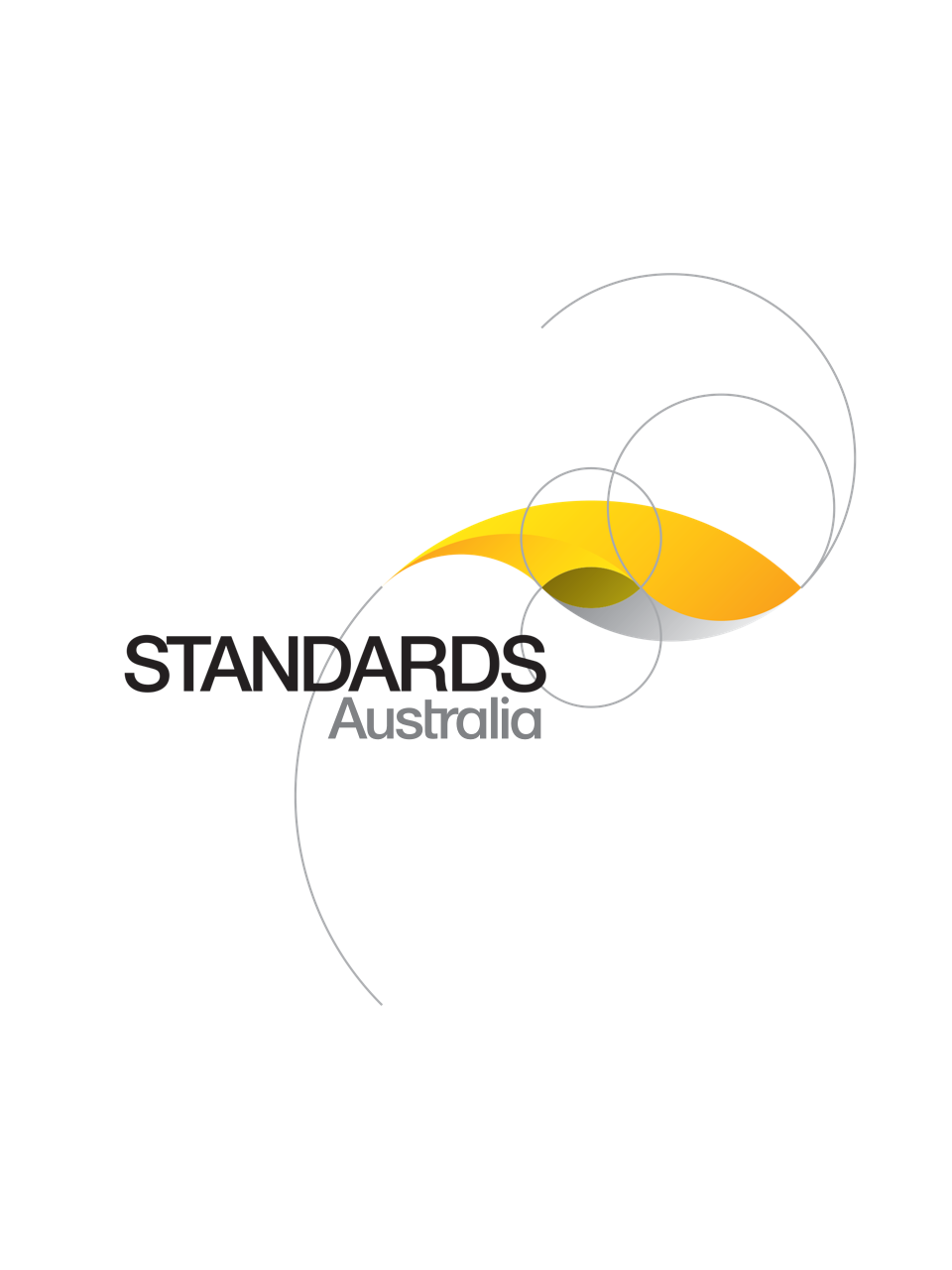Handbook
UPDATE AVAILABLE
Track updates
HB 101-1997 (CJC 5)
[Current]Coordination of power and telecommunications - Low Frequency Induction (LFI) - Code of practice for the mitigation of hazardous voltages induced into telecommunications lines
Specifies engineering principles and procedures to be undertaken in the mitigation of power frequency voltages electromagnetically induced into telecommunications lines where high voltage power lines run essentially parallel thereto. It defines power lines as high reliability (Categories A and B) or not (Category C), and specifies maximum acceptable limits for induced voltage under HV earth fault conditions. Identical with the 1974 (1978) ATC/ESAA publication Low Frequency Induction.
Published: 05/09/1997
Pages: 17
Table of contents
Cited references
Content history
Table of contents
Header
About this publication
PREFACE
1 GENERAL
1.1 INTRODUCTION
1.1.1
1.1.2
1.2 SCOPE AND APPLICATION
1.2.1
1.2.2
1.2.3
1.3 REVIEW
1.4 EXPLANATION OF TERMS
2 ENGINEERING PRINCIPLES
2.1 THE HAZARDS OF LFI
2.1.1
2.1.2
2.2 POWER LINE CATEGORIES
2.2.1
2.2.2
2.3 LIMITS FOR LFI VOLTAGES
2.3.1
2.3.2
2.3.3
2.3.4
2.3.5
2.4 ASSESSMENT OF LFI VOLTAGES
2.4.1
2.4.2
2.4.3
2.4.4
2.5 LIMITATION OF HAZARDS
2.5.1
2.5.2
2.5.3
2.5.4
2.5.5
3 PROCEDURES
3.1 FORWARD PLANNING
3.1.1
3.1.2
3.2 POWER LINE PROPOSALS
3.2.1
3.2.2
3.2.3
3.2.4
3.3 TELECOMMUNICATION LINE PROPOSALS
3.3.1
3.3.2
3.4 AGREEMENT ON SOLUTION
3.4.1
3.4.2
3.4.3
3.4.4
3.4.5
3.5 RECORDS OF POWER FAULTS
3.5.1
3.5.2
4 COSTS
4.1 BASIC PRINCIPLES
4.1.1
4.1.2
4.1.3
4.1.4
4.2 EXAMPLES
4.2.1
4.2.2 Telstra should normally pay the total costs where:
4.3 COSTS OF INVESTIGATIONS
4.3.1
4.3.2
4.4 COST ESTIMATES
4.4.1
4.4.2
APPENDIX A
Cited references in this standard
Content history
[Current]
